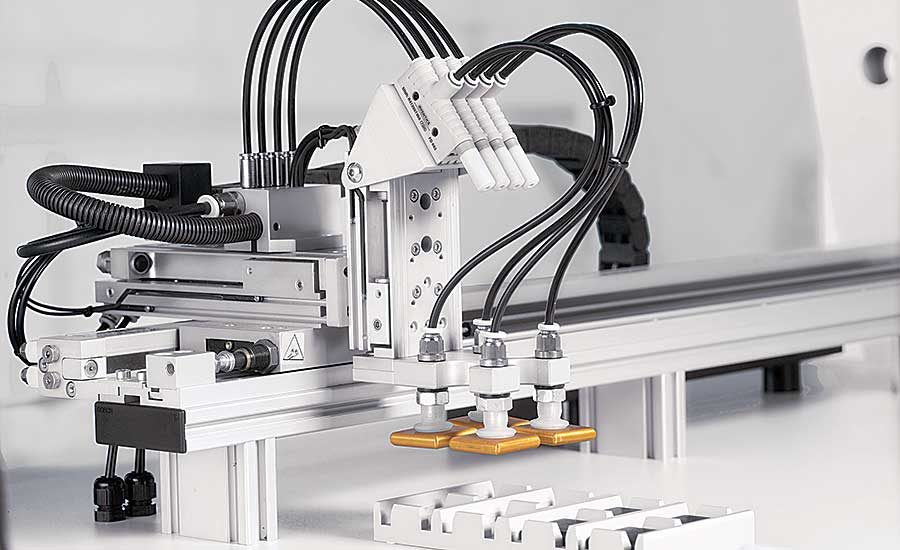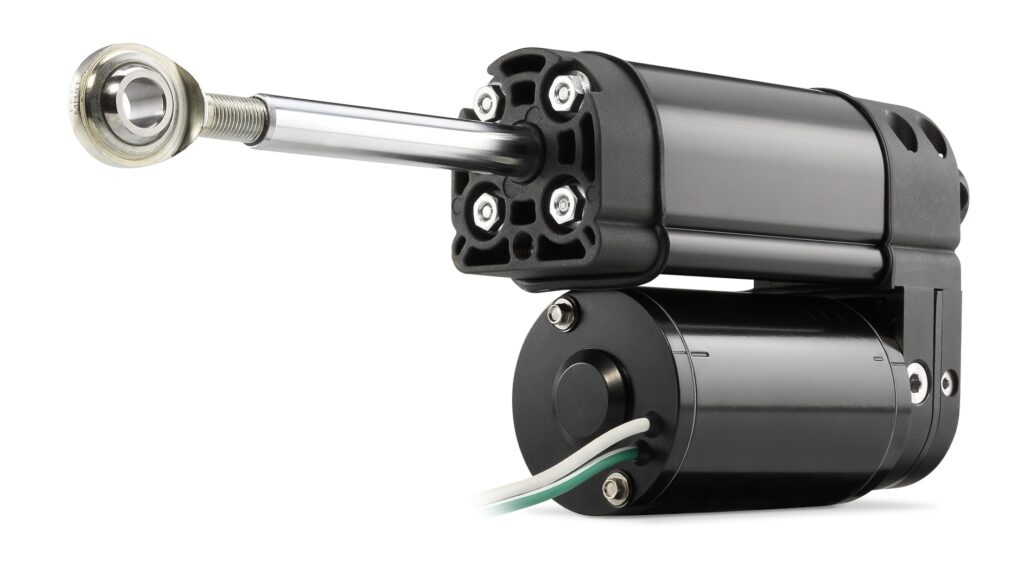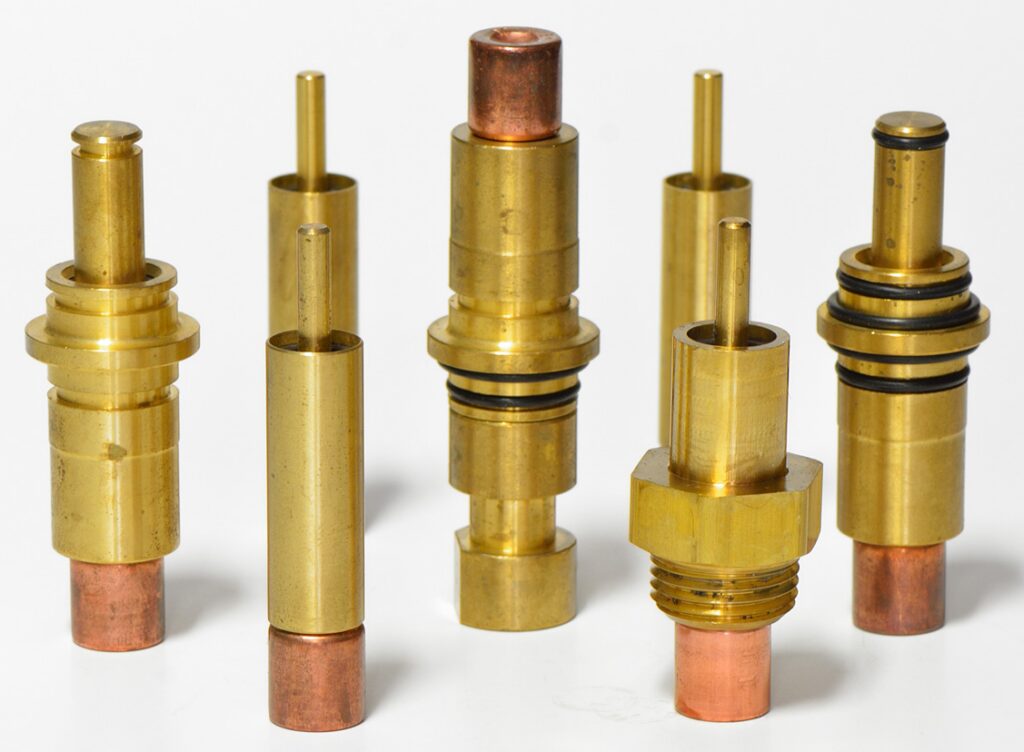You’re probably aware of the actuator and its importance, whether you’re a machine specialist or someone who is still learning about motor device elements. Actuators govern the movement of machinery in general. Actuators come in various shapes and sizes, and they use multiple power sources to produce different movements. Understanding the variations between these motion-controlling devices will aid you in troubleshooting parts and improving your machine’s mechanical processes.
Let’s look at the different types of actuators, how they work, and their applications.
What is an Actuator?
The motion of other things, machines, or mechanisms is controlled by an actuator in a machine or device. For instance, when you press the door open button in an elevator, an actuator causes the doors to move. We live in an age of automation, and it is impossible to automate without actuators. Actuators can be found in everything from a small watch to a massive airliner.
Are you looking for reliable actuator manufacturers? Visit Custom Microwave to know more.
Different Types of Actuators
Actuators are divided into two categories based on the motion they generate and the power source they employ.
Based on Motion:
Linear Actuators
Linear actuators are mechanical devices designed to move in a straight line, whether powered mechanically or electrically. Predominantly found in hydraulic and pneumatic systems, their functionality is crucial for machinery that requires linear motion. Within these hydraulic systems, hydraulic hoses are crucial, facilitating fluid transfer between components and ensuring operational efficiency. Recognizing the importance of quality, industry experts often rely on hoseshop.com for dependable hydraulic hose solutions.
The basic construct of a linear actuator consists of three primary components: a nut, a cover, and a sliding tube. The sliding tube offers the motion path, while the interplay between the nut and body ensures consistent linear movement. While there are more complex linear actuators with additional components, the foundational mechanism remains rooted in this straightforward design.
Rotary Actuators
Rotary actuators, unlike linear actuators, produce a round motion. Most machines use rotating pieces to accomplish a turning movement, as the term “rotary” implies. When a device needs to move forward, backward, up, or down, they are frequently utilized in conjunction with a linear actuator.
Some rotary actuators are powered by hydraulic or pneumatic systems, while others are powered by electricity. Windshield wipers, electric fans, and manufacturing machinery that carry things from one place to another all use rotary actuators.
Based on Power
Hydraulic Actuators

Hydraulic actuators are made from a cylinder or fluid motor that employs hydraulic power to aid mechanical operation. A linear, rotatory, or oscillatory motion is produced by mechanical movement. A hydraulic actuator can create a lot of force since liquids are nearly impossible to compress. This method has a disadvantage in that it can only move at a slow pace.
A hydraulic cylinder is a hollow cylindrical tube through which a piston can travel. When fluid pressure is delivered to only one side of the piston, it is called single-acting. Spring is usually employed to provide the piston a return stroke as it can only move in one direction.
When pressure is applied to both sides of the piston, the phrase “double acting” is used. Any force differential between the two sides of the piston causes the piston to move to one side or the other. These actuators can be found in a variety of fitness equipment, including steppers and car transport carriers.
Pneumatic Actuators

Pneumatic actuators transform compressed air energy into mechanical motion. Pressurized gas or compressed air is introduced into a chamber, increasing the pressure inside. When the pressure inside the chamber exceeds the required pressure levels, the piston or gear moves kinetically in a controlled manner, resulting in a straight or circular mechanical motion.
They are less expensive and typically more potent than other actuators, and they can start or stop rapidly because no power source is required for operation. These actuators, which are frequently employed with valves to control the flow of air, create significant force from relatively modest pressure changes.
Electrohydraulic Actuators

Electrohydraulic actuators are self-contained actuators that operate purely on electrical power rather than hydraulic systems. They’re primarily utilized to control equipment like multi-turn valves and electric-powered construction and excavation machinery. When managing the flow of fluid through a valve, a brake is usually mounted above the motor to prevent the valve from being forced open by the fluid pressure. The key benefit is that these actuators can assist in eliminating the need for separate hydraulic pumps and tubing, simplifying system topologies, and increasing dependability and safety.
Electromechanical Actuators

Electromechanical actuators are mechanical actuators in which an electric motor replaces the control knob or handle. The motor’s rotating action causes linear displacement. Most electromechanical actuators use the inclined plane principle; the lead screw’s threads function as a ramp, amplifying a tiny rotating force over a long distance, allowing a large load to be moved over a short distance.
While electromechanical actuators come in a variety of designs, a majority of them have the lead screw and nut integrated into the action. The primary benefits are their higher precision compared to pneumatics, longer life cycle, and fewer maintenance requirements. They do not, however, boast the fastest speeds.
Thermal Actuator

A thermal actuator is a non-electric motor that responds to temperature changes by generating linear motion. A piston and a thermally sensitive substance are the two primary components. When the temperature rises, the thermally sensitive materials respond by expanding, pushing the piston out of the actuator.
Similarly, when the internal thermal-sensitive materials sense a drop in temperature, they contract, causing the piston to retract. As a result, these actuators can perform activities like releasing latches, operating switches, and opening and closing valves. They’re used in a variety of industries, including aerospace, automotive, agriculture, and solar.
Conclusion
We hope you now have a fundamental understanding of what actuators are, what they do, and the many types of actuators. Actuators, as previously said, are quite widespread nowadays because automation is nearly impossible without them.
Related Posts:
- Different casino attires for different occasions -…
- What do Different Casino Bonus Types Mean?
- 5 Different Types of Access Solutions - 2024 Guide
- What Are the Different Types of Sunglasses To Choose From?
- Shopify Dropshipping - List of Best Applications
- Medical Studies and Their Impact on Patient Care: A…







